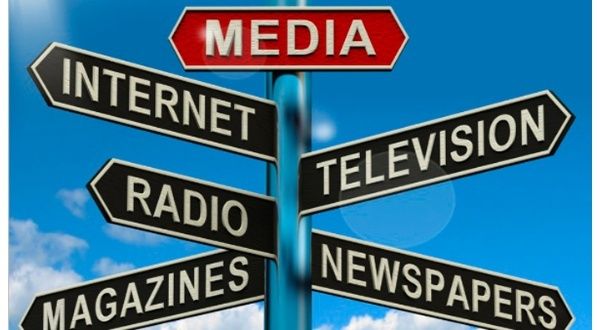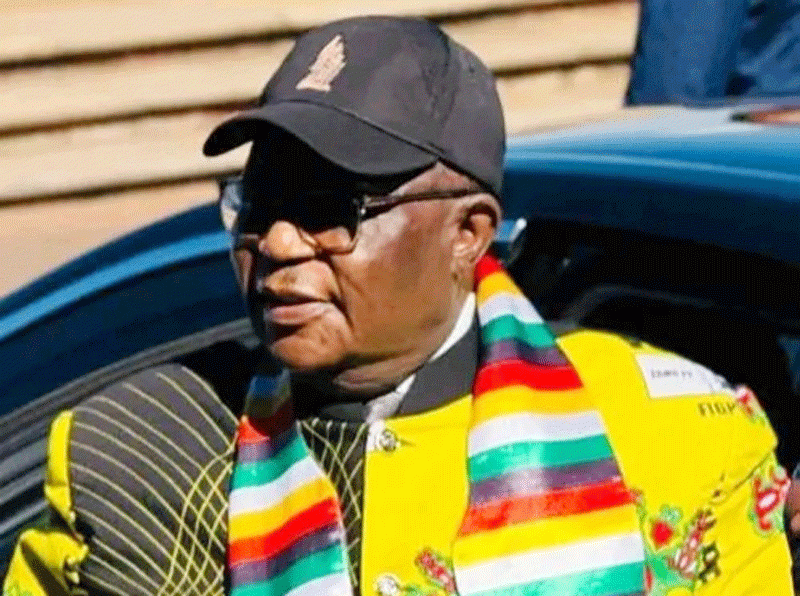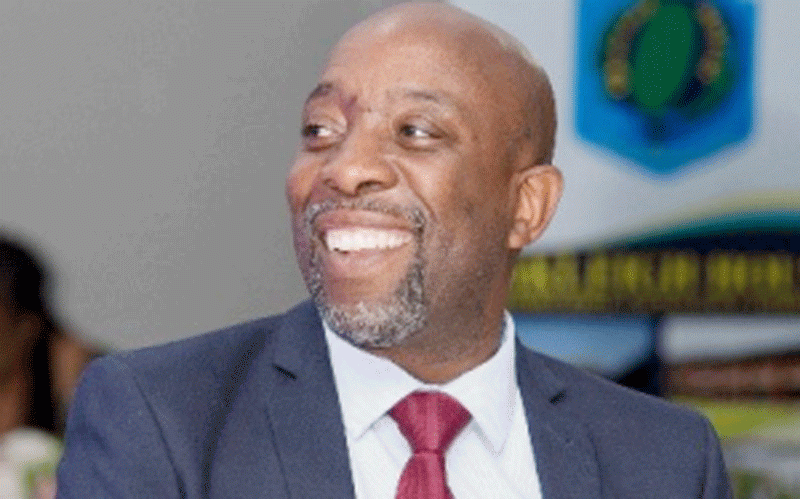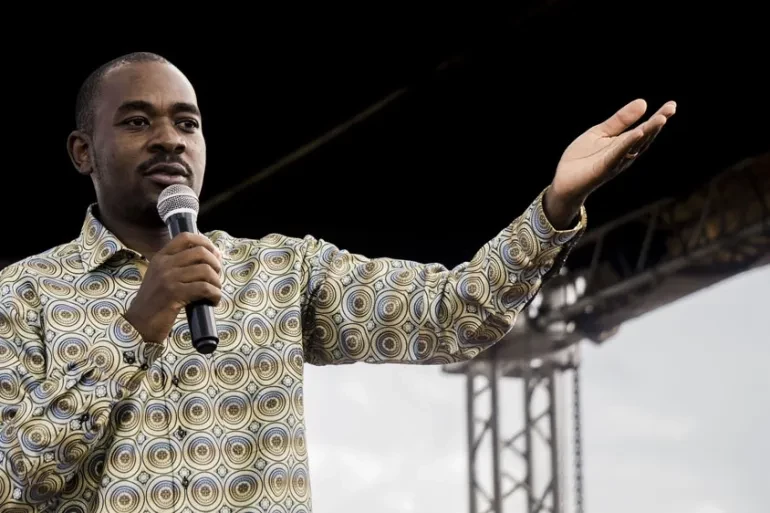
BY Ranga Mberi and Delta Milayo Ndou
In penning this article, we were mindful of how sensitive journalists tend to be about criticism yet felt it was important to begin a conversation that hopefully leads us to reflect and introspect on the ways in which our profession has inadvertently contributed to driving stigma, instilling fear and fuelling discrimination around Covid-19.
Media is a profession where we wield immense power and at times, when mistakes are made, those harmed by our media reportage have little they can do to get redress. Beyond the mandate to provide accurate, verified, objective and balanced coverage, media have a duty of care — and now is the time to exercise that duty.
At every step of news-gathering, framing, production and publishing of content, media practitioners can encounter moral dilemmas that require moral decision-making, hence the existence of media ethics — to provide parameters for reporting with sensitivity. Mistakes were made in the coverage of Covid-19 and it behoves us to admit where we erred, learn from our mistakes, improve and ensure that we do no harm.
This article is written with the hope that our peers in the media see it as an invitation to engage in the difficult yet necessary task of holding ourselves to a higher standard, holding each other accountable and encouraging one another to wield, with responsibility, the enormous power our profession grants us. Real lives are impacted when we get it wrong because real people pay the cost.
Media was complicit in breaches of patient confidentiality The message that Martha* received on her phone, early on April 16 this year, should give Zimbabwean media time to reflect on how they reported on Covid-19.
The health worker was among the first Zimbabweans to test positive for coronavirus back in April. That message to Martha was a link to an article published in a local newspaper that morning.
“Beware of this patient! Covid-19 positive woman gallivanting around town,” the article screamed. She learned, in the article, how she had violated a self-isolation order by, as the paper put it, “gallivanting around the City of Kings”.
- Chamisa under fire over US$120K donation
- Mavhunga puts DeMbare into Chibuku quarterfinals
- Pension funds bet on Cabora Bassa oilfields
- Councils defy govt fire tender directive
Keep Reading
As it turned out, this was not true. She had not, in fact, left her home once she had been tested at work. Another website called her a “spreader”. It was, as she later put it, “tasteless journalism”, and it left her family vulnerable to stigma and abuse. Martha has reiterated in several interviews that had she known she had contracted the virus, she would not have gone home and exposed her family, let alone gone out in public as the media had falsely alleged.
Media assigned unwarranted blame and reported inaccurately In a bid to correct the media inaccuracies about her family, Martha’s daughter, *Joyce, has bravely been taking part in the #SolidarityNotStigma campaign.
Joyce’s two daughters aged 11 and 4 have equally borne the brunt of the stigma and rejection by the community hence much is at stake.
The #SolidarityNotStigma campaign led by the Zimbabwe Resilience Building Fund (ZRBF) to end Covid-19 stigmatisation has been joined by singers and sports stars, with the aim of challenging the fear and discrimination that has surrounded coronavirus in Zimbabwe.
Some 80% of people who test positive for Covid-19 recover. This means it is not the death sentence that media portrayed it to be. People do not intentionally get infected, and therefore cannot be blamed for infections. For the most part, media reportage has not reflected an appreciation of this basic fact, as Covid-19 patients have routinely been portrayed as being culpable, in some way, for unknowingly contracting the virus.
For media, the message in the #SolidarityNotStigma campaign is clear; it is possible to report on a pandemic with compassion.
Media were alarmist and insensitive Late in February, a 27-year-old Zimbabwean woman arrived from China. As per protocol at the time for visitors from China, she was taken in to quarantine for tests. A headline in the press, a day later, said: “Zim in coronavirus scare”.
After testing negative — she had tested negative twice before returning to Zimbabwe — she was allowed to go home. However, a week later, she was back in hospital. The same newspaper speculated that “authorities could have prematurely discharged her”. The paper added that people do test positive even after multiple negative tests.
It turned out, though, that she had been taken to hospital because she had suffered a mental breakdown after her identity was leaked on social media. She had tried to commit suicide.
Media were speculative and incendiary In Zimbabwe’s deeply polarised environment, the coronavirus story became more a political, than a public health story.
It was not unusual to see senior journalists posting about how bodies were piling up outside hospitals. As usual, we were told, the government was yet again running some dark conspiracy to cover up a crisis. This added to the alarm, fear and stigma around the pandemic.
When cases of malaria deaths rose in April, some journalists also used this to feed the cover up conspiracy. That this was peak malaria season was ignored. We also witnessed demands, some from prominent journalists, that the government publish names of people that test positive for Covid-19.
Returning citizens were treated with scorn and those in quarantine facilities were called “inmates” in the press. Returning citizens were excoriated and as local transmissions increased, the press still focused on those returning as posing the greater or immediate threat.
Media suffered amnesia and forgot lessons learnt in reporting HIV/Aids Months into the pandemic, it is time for Zimbabwean media to reflect on how they have covered the pandemic so far.
It is a new virus, and this meant that Zimbabwean journalists, like many around the world, struggled to figure out how to cover the disease. Many have said that this explains some of the shrill coverage that has accompanied the coverage of coronavirus in Zimbabwean media.
However, while coronavirus was indeed new, Zimbabwe itself is not new to infectious diseases. Journalists already had a long history of stigma and discrimination to learn from. The evolution in the coverage of HIV/Aids, for example, showed the way.
Once, it was normal to see newspapers describing people living with HIV/Aids as “Aids sufferers” or “Aids victims”. It took the Denver Principles of 1983 to challenge those attitudes. With all the years of experience available in covering HIV/Aids, there was no reason for local media to run headlines with terms such as “coronavirus suspects” or “spreaders”.
Even the depiction of the Covid-19 virus itself caused fear, and it may take ages to undo the mental images of the virus.
As feminist, development, and human rights activist Everjoice Win wrote in April: “Television stations, newspapers and online spaces consistently depicting the virus as some nausea-inducing thing serve no purpose other than to cement fear and shunning of those who will be infected and affected.”
Media can do better and they can start by promoting #SolidarityNotStigma Yes, some of the reporting has not been journalists’ fault.
Journalists faced police harassment while covering Covid-19, while media houses can barely afford salaries, let alone training and resources to help their reporters cover the pandemic better.
Still, frank self-reflection is needed.
It is the biggest story of the year. But, in the rush for headlines and clicks, the media failed in their role to report on it fairly. Accuracy and compassion were drowned out by the need to make this as political story as possible.
It is possible to report on a crisis with compassion and objectivity. History already taught us that.










